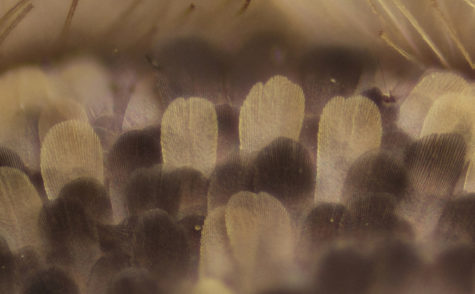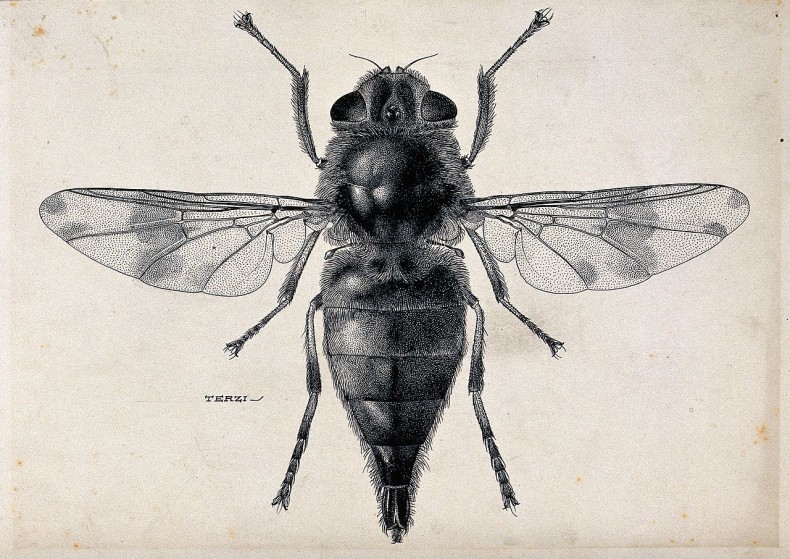
September must be my preferred house-cleaning time, because once again, I was purging things in closets this weekend. And like last year, when I wrote this post, I found a disgusting amount of silverfish. (I feel a little better that it’s not just me: even my very organized and clean neighbor says she finds them hiding in nooks and crannies.) The silverfish love moisture, so it sounds like we can either keep our houses airtight or airlift them to the desert, where a different variety of insects await. I suppose I must make peace with my creepy friends. And also I’ll try to clean the closets more often.
I felt so successful this weekend. I cleaned out multiple closets, filled bags with clothes that I’ve been keeping since college, organized the box of “just-in-case” kid coloring books and trinkets that I save for emergencies. When I open the closet in the morning, there’s a neat row of clothes hanging in a line, there’s all this white space…ahhhh. Another doesn’t even have clothes in it any more! Doesn’t it look lovely? (And that maybe there’s room for a new shirt or two?)
But alas. There is something else that I found in these closets, something that is not as easy to get rid of as the 90s band t-shirts and the single socks. (I didn’t really get rid of the 90s band T-shirts. I put them in a pile that I’m using to make a T-shirt quilt. I’ve been working on this quilt for 10 years, but that’s another story.) I didn’t take a photo of these things, because they move too fast, and because I dislike them so much.
Oh, silverfish. There are other gross things that don’t bother me. But silverfish creep me out with a primal sort of creepiness, a deep evolutionary shiver. Ugh.
And now I know even more about them. They like places that are moist. (Even that word is problematic, and also makes me wonder why my closet is damp.) Their mating ritual lasts a half an hour, and has multiple steps. First, there is antennae touching. Then, the female chases the male. Then there’s some wiggling before the male deposits a spermatophore for the female to take. (A Friday treat: the Bug Chicks recreation of silverfish and springfish mating, complete with mustaches!)
The species of silverfish that are making themselves at home in my home are Lepisma saccharina. Their name gives you an idea of what they eat: sugars and starches. But they’d do fine on a paleo diet, too, because they can go for weeks without eating. (One silverfish spent 300 days in a jar without food or water.) Some species can absorb water through their rectum.
When they can eat, they like all sorts of household things. Grains, book paper, starches in clothing and wallpaper, photos, hair, their own exoskeletons.

If I needed something eaten I would call a silverfish.
There don’t seem to be holes in my clothes or books, but they still appear whenever I move another load of things out of a closet. They scuttle. Silverfish have been scuttling like this for years; their ancestors are some of the earliest insects, appearing more than 400 million years ago.
I’ve been trying to think of something redeeming about them so that I can coexist more peacefully; it’s unlikely I’ve found all of them, and we have enough nooks and crannies that new ones will appear in places I haven’t yet reached. It is true that they don’t bite and don’t carry diseases. But maybe their benefit to me to keep me prying into the dark corners to find the things that make me shiver. That’s the only way to get the light in.
**
Top photo is 41 stacked microscopic images of a silverfish’s “forehead” by Flickr user Specious Reasons/Creative Commons license





